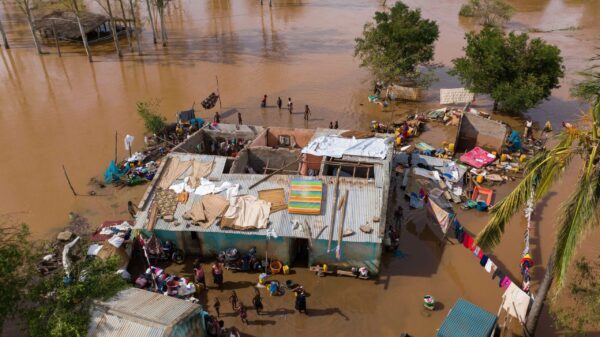South Sudan’s Cabinet has approved a $10 million emergency fund to tackle widespread flooding, but bureaucratic hold-ups threaten to stall lifesaving interventions. As rains continue to swell rivers and inundate villages, swift action is critical to protect vulnerable communities.
Cabinet Decision and Funding Approval
At Friday’s cabinet meeting in Juba, Information Minister Michael Makuei Lueth confirmed that the Ministry of Finance was instructed to release the $10 million immediately. This allocation follows a special assessment by Defense Minister Angelina Teny, who surveyed flood-affected areas in Unity State and warned of mounting humanitarian needs.
“We will convene an extraordinary session on Monday, where the Ministry of Environment will present a full situation report.” — Lueth told reporters.
Despite the urgency, Makuei admitted that the approved funds have not yet reached implementing agencies, raising concerns over further delays as communities remain underwater.
Government Response Measures
To mitigate the floods’ impact, ministers have outlined immediate priorities:
- Environment Ministry Assessment. A comprehensive overview of flood-prone regions, river levels, and potential dam-related risks.
- Rapid Disbursement of Relief Funds. Direct release of the $10 million into humanitarian and disaster-response operations.
- Cross-Border Coordination. Emergency talks with Ugandan authorities after warnings that upstream dams may be opened, sending additional water into South Sudan.
- Infrastructure Protection. Reinforcement of local dikes and drainage channels in Unity, Jonglei, and Upper Nile states.
- Humanitarian Contracts Activation. Legal clearance to mobilize $16.2 million in pre-signed agreements with relief contractors.
These steps are designed to ensure that food, clean water, and shelter reach displaced families before disease and malnutrition take hold.
Challenges Hampering Relief Efforts
While the agenda is clear, several obstacles have emerged:
- Ministry of Finance Bottleneck. Despite Cabinet approval, the $10 million remains tied up in procedural clearance, frustrating frontline responders.
- Humanitarian Affairs Funding Gap. Undersecretary Kot Bol Nyuar revealed that his ministry cannot honor $16.2 million in emergency aid contracts without formal authorization from Finance.
- Rising River Levels. Sustained rains and potential dam releases from Uganda threaten to exacerbate flooding, stretching relief resources even thinner.
Nyuar warned, “When we approach our humanitarian partners, they ask what concrete resources we have committed. Right now, we have none in hand.”
Next Steps and Outlook
An extraordinary ministerial meeting scheduled for Monday aims to clarify responsibilities and expedite fund transfers. Key objectives include:
- Validating the legal framework for existing humanitarian contracts.
- Fast-tracking the Finance Ministry’s release of approved funds.
- Strengthening coordination with neighboring countries to anticipate and mitigate downstream flooding.
Information Minister Makuei urged all departments to “work quickly” and called on international donors to stand by South Sudan during this crisis.
What’s Next?
With millions at risk, every day of delay compounds human suffering. The government’s $10 million commitment is a positive first step, but disbursal hurdles must be overcome to avert a deeper humanitarian emergency. Communities in Unity State and beyond await not just promises, but decisive action, and the delivery of resources to keep families safe.

